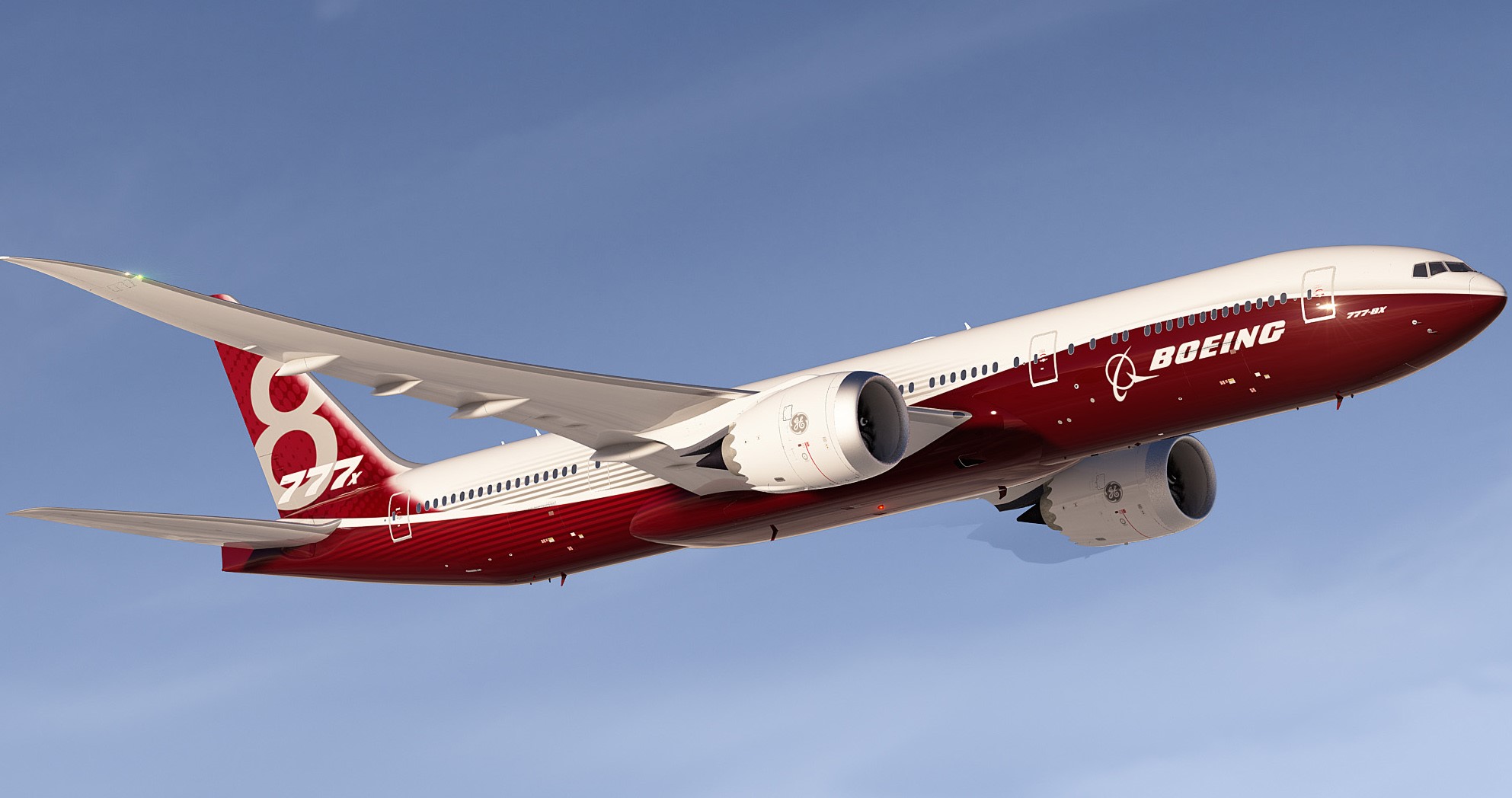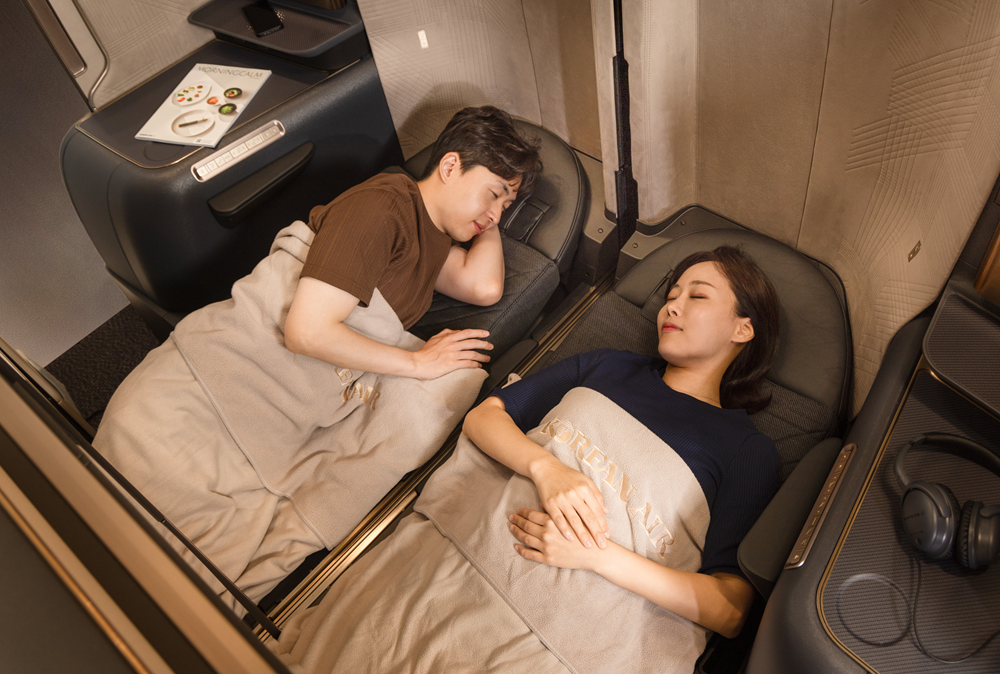Boeing confident of winning Qantas ultra-long-range challenge
22 September, 2017
4 min read
By joining our newsletter, you agree to our Privacy Policy


US planemaker Boeing says it is confident it can beat rival Airbus and meet a Qantas challenge to fly non-stop from the East Coast of Australia to New York and London within five years.
Qantas boss Alan Joyce threw down the gauntlet to Airbus and Boeing at its recent annual results announcement, pitting Boeing’s 777X against the ultra-long-range version of Airbus A350-900.
Boeing Commercial Airplanes senior vice president India and Asia-Pacific sales Dinesh Keskar said Friday he believed the Boeing 777-8X would meet the criteria.
The B777-8X is due to enter service about two years after the B777-9X is delivered in 2020 and will typically seat 350-375 passengers with a range currently given by Boeing as more than 8700 nautical miles (16,100km).
Airbus claims the A350-900ULR ordered by Singapore Airlines to fly non-stop to New York has a range of up to 9700 nautical miles (17, 965kms).
“I think we’re pretty confident,’’ Keskar said while presenting the company’s outlook for South East Asia. “I think we’re already showing (that) by demonstration with the 787-9 itself.
“If you go back to Alan Joyce’s statement, Qantas has its own unique way of doing the flight planning and also flight operations so they can get more out of our airplanes,’’ Kesar said.”And on the 787-9, that’s why they are confident that they can fly to London.
“if they can do that with our airplane, particularly the 787-9, we think the 777-8 has even more legs and of course we have time to refine that airplane.”
Keskar made the comments while unveiling a more upbeat aircraft demand forecast for South-East Asia.
Boeing is predicting the South-East Asian region will need 4210 new aircraft worth $US650 billion over the next two decades as the region’s 6.2 per cent growth in passenger traffic outpaces the global average.
This is about 460 aircraft and $US90 billion higher than the company was predicting last year.
Keskar said the growth was a testament to how the region was growing, how infrastructure was coping with the growth and key parameters such as fuel price, the US dollar exchange rate and high load factors.
Almost three- quarters of those new aircraft , some 3230 aircraft worth $US370 billion, will be narrow-body aircraft such as the 737 MAX family.
Low-cost carriers are expected to remain a key driver of traffic growth in Southeast Asia, growing to more than 50 per cent of the total market by 2036.
The manufacturer is seeing strong economic growth, an expanding middle class and double digit passenger growth in many Southeast Asian countries.
"Driven by fierce competition and growing passenger demand, airlines in Southeast Asia need the most capable, flexible, economical and passenger preferred airplanes available," Keskar said, pointing to the capabilities of the companies B737MAX and 787 Dreamliner families.
But the region will still need the widebody aircraft that once dominated its requirements with 610 small widebody jets worth $US170 billion and 320 medium to large widebodies valued at $US110 billion.
One surprising prediction is that the region will only need 10 freighters over the next 20 years as airlines move to take advantage of belly freight on passenger jets.
“Every time we deliver a 777 or, for example, a 787-9 it is almost a 17 to 20 ton freighter,’’ Keskar said. “So when you deliver four or five of these it is essentially deliver one widebody freighter.
“And with that happening, the belly cargo is becoming a huge, important factor.’’
South-East Asia accounts for 10 per cent of total global demand and is a significant part of Asia, now the world’s biggest aviation market and the highest growth region.
“North America and Europe, which used to be large, today (the) combined North America-Europe (market) is pretty close to Asia,’’ Keskar said. “That’s how Asia has really has really changed the demographics of aviation in the whole world.’’
Boeing projects a worldwide demand for 41,030 new airplanes over the next 20 years.
Next Article
2 min read
Qantas triples profit but misses mark

Get the latest news and updates straight to your inbox
No spam, no hassle, no fuss, just airline news direct to you.
By joining our newsletter, you agree to our Privacy Policy
Find us on social media
Comments
No comments yet, be the first to write one.
